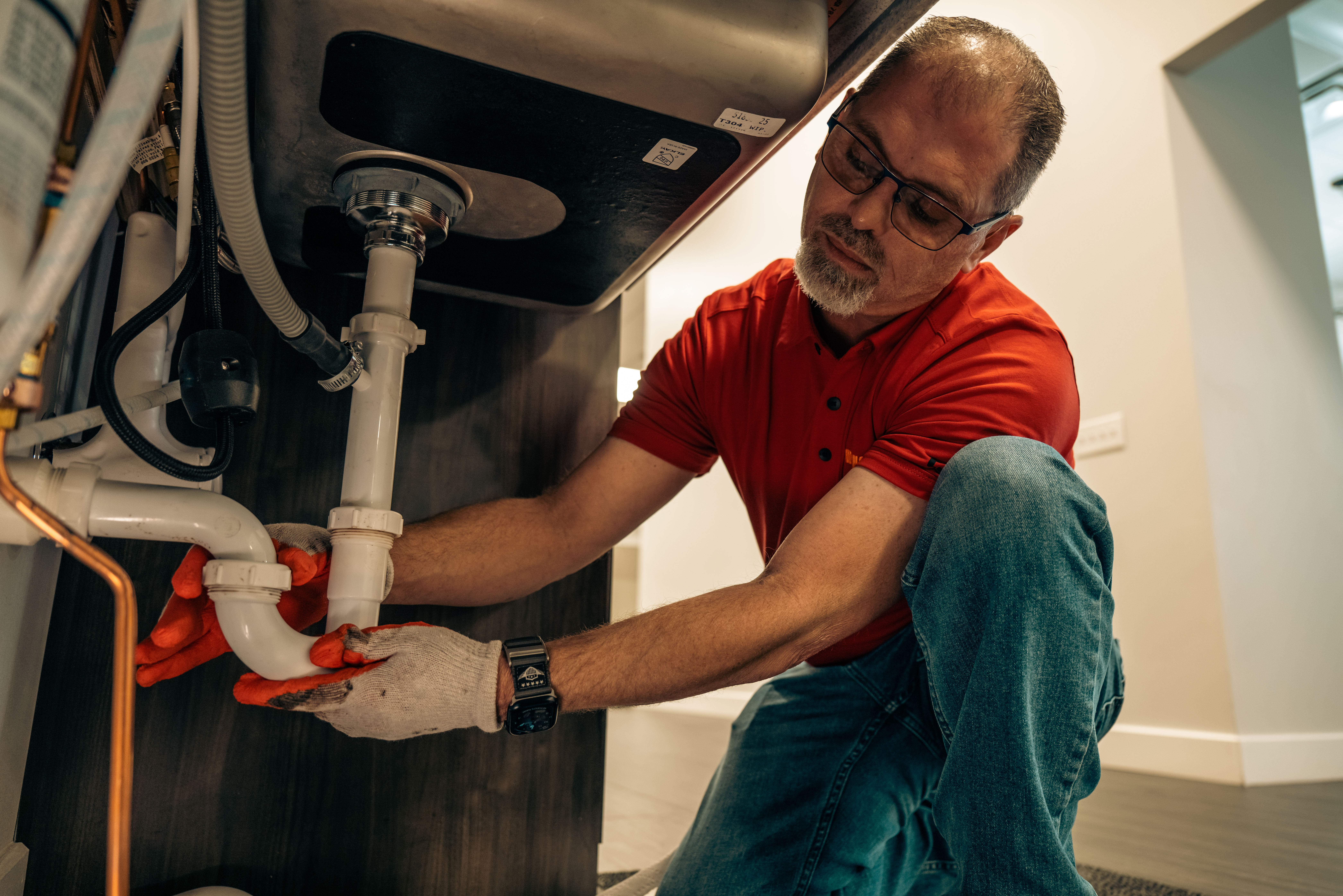With the year-end around the corner, there’s no better time for businesses to assess future maintenance strategies. Reviewing that the best plan is in place for your facilities ensures cost-effective downtime reduction. Accomplishing this is as easy as moving from reactive maintenance to an anticipatory, preventative maintenance program. Conducting a comprehensive year-end review ensures that essential business equipment is functioning, saving companies from major breakdowns and costly repairs.
There is a growing trend in facilities management (FM) to shift towards recurring maintenance programs, as long-term solutions provide a more predictable path forward. At Powerhouse, we specialize in helping businesses maintain their most critical assets year-round by moving our clients from reactive fixes to preventable solutions.
The Downside of a Reactive Approach
Though it might seem convenient to place individual work orders, this leads to unexpected costs – both financially and operationally. Reactive maintenance leads to unplanned downtime and higher repair costs, which can be detrimental for any business.

According to a report by MainainX, “The average cost of an hour of unplanned downtime hovers around $25,000, but for larger organizations, this figure can skyrocket to over $500,000.” When a reactive approach is in place, the asset downtime and repair length determine the financial impact every time. With the stress on operations, the price of additional maintenance becomes an unpredictable figure to account for each year.
The Benefits of a Recurring Maintenance Program
A regular maintenance schedule promises cost predictability, especially when accounting for surprise repairs. Scheduling routine checkups addresses potential issues before they become major problems.
Predictive analysis in recurring maintenance programs uses data and monitoring to anticipate potential failures before they happen. By analyzing trends and performance metrics, businesses can create data-driven decisions for a more targeted, efficient use of resources. The scalability of predictive analytics allows nationwide companies to gain a more holistic view of the facility’s overall performance while giving a strategic advantage in the marketplace.
Why a Preventative Approach is Key for Facilities Management
A preventative approach in facilities management goes beyond avoiding equipment failure – it enables more strategic resource allocation. Instead of spreading maintenance teams thin by addressing emergencies as they rise, they can focus on higher-priority tasks and value-added projects that drive business efficiency.
It also plays a pivotal role in workplace safety. By anticipating malfunctions, you minimize the risk of accidents, maintaining a safer work environment. In addition, compliance and risk management are enhanced with preventative maintenance. Early planning allows you to identify potential challenges and bottlenecks upfront, enabling you to develop more efficient strategies.
Transitioning from Reactive to Preventative Maintenance
Making the shift in maintenance plans starts with understanding your current reactive maintenance costs and inefficiencies. Powerhouse works closely with clients to audit existing work orders and identify opportunities for improvement. Starting with identifying high-priority systems, like HVAC or plumbing, will aid in creating a long-term plan.
The Value of Updating Facilities Programs
Reactive work orders are best left behind in 2025 to reduce business costs, increase efficiency, and protect asset longevity. Powerhouse can help you make the switch to a preventative maintenance program that ensures your facilities operate at their best.
Contact us today to learn how we can create success for your business, one plan at a time.

